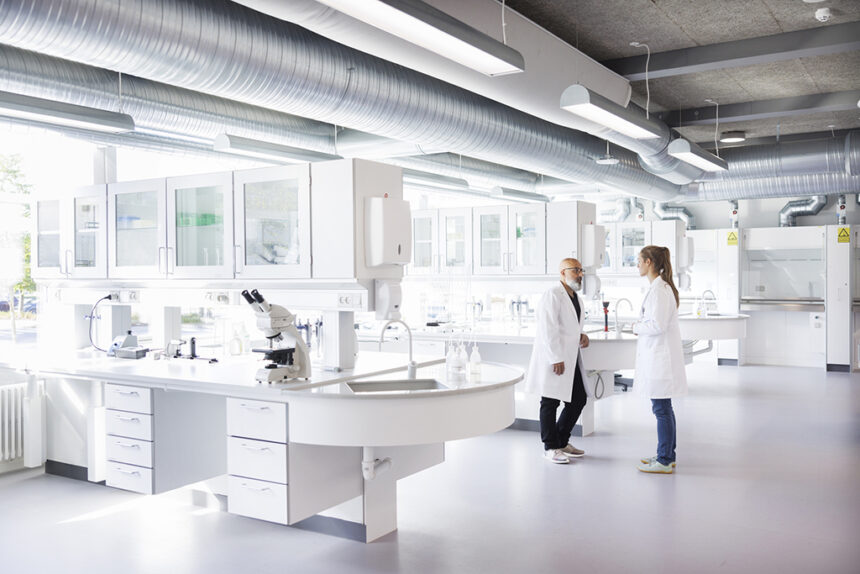Industry reputation is a fickle thing, just ask anyone who works in pharma.
The sector’s reputation has fallen precipitously since achieving an exalted status during year two of coronavirus. However, recently the industry has been able to claw back some of that hard-earned goodwill.
This reputational boon, which came courtesy of the recent insulin price drops announced by three drugmakers, wasn’t just felt at the industry level.
As data show, the kind feelings gained from the price cuts by Eli Lilly, Novo Nordisk and Sanofi had specific commercial relevance for at least one member of that triumvirate.
“It’s a clear indication that bigger trends are pulled through much closer to the business considerations and growth of the brand,” said Rob Jekielek, managing director, The Harris Poll.
In terms of the cuts, on March 1 Lilly was first out of the gate, declaring a 70% reduction in the price of its most commonly prescribed insulins and capping monthly out-of-pocket costs at $35 or less.
This put pressure on Novo Nordisk and Sanofi to follow suit. Together the three control about 90% of the insulin market. Both rivals did so about two weeks later.
When Silicon Valley Bank collapsed on March 10, it led to questions as to whether the crash’s fallout would be felt beyond financial services. As it turns out, SVB proved to be largely an “insider issue” versus a mainstream one, data from The Harris Poll show.
The SVB crisis resulted in a “softening of confidence across a number of industries,” noted Jekielek, rather than having repercussions for individual industries or brands.
Still, pharma bucked that trend. Just prior to the SVB debacle, the pharma industry’s reputational trend line began to bend upwards. When the dust had settled, that trend line ended March at close to 50% positive (49%, to be exact), a confidence level not enjoyed by the industry since early 2022.
By contrast, the industry’s positive sentiment soared above 60% in early 2021, according to Harris, with some surveys showing it crested above 70%, a high-water mark for pharma in the modern era. All told, pharma’s reputation score gained four percentage points for the month.
Such positivity was unique among industries. Tech and grocery, consumer products and retail, and manufacturing and automotive either saw a drop in confidence levels or at best a sideways move. Financial services, unsurprisingly, fell three points. Government was the lone industry, other than pharma, to see positive growth, the Harris data indicate.
“Insulin has been the most top-of-mind issue around pricing in America for the last two years,” said Jekielek. “Those kinds of steps were seen in a positive light.”
Those actions were felt on an individual brand level, too. When a 338-person cohort of adults with type 1 or 2 diabetes (or adults who have a family member with the disease) was asked, “Would you consider products and services for Eli Lilly?” results showed the company’s brand consideration grew markedly over the same time period.
In the wake of the three insulin announcements, improvements in Lilly’s brand consideration were seen across the conversion funnel, from awareness and familiarity to trial, usage and recommendation, according to data from Harris’s brand-tracking division.
To be sure, this shouldn’t come as a shock, as price reductions tend to have feel-good effects. However, the knock-ons don’t always extend to individual brands.
“What [the data are] indicating is, as people are feeling better about the whole industry, there’s individual brands such as Lilly where you can see the pull-through directly,” explained Jekielek. “So it’s not just like an over-arching ethos; you can see very clear recognition and connection to individual brands, as well.”







